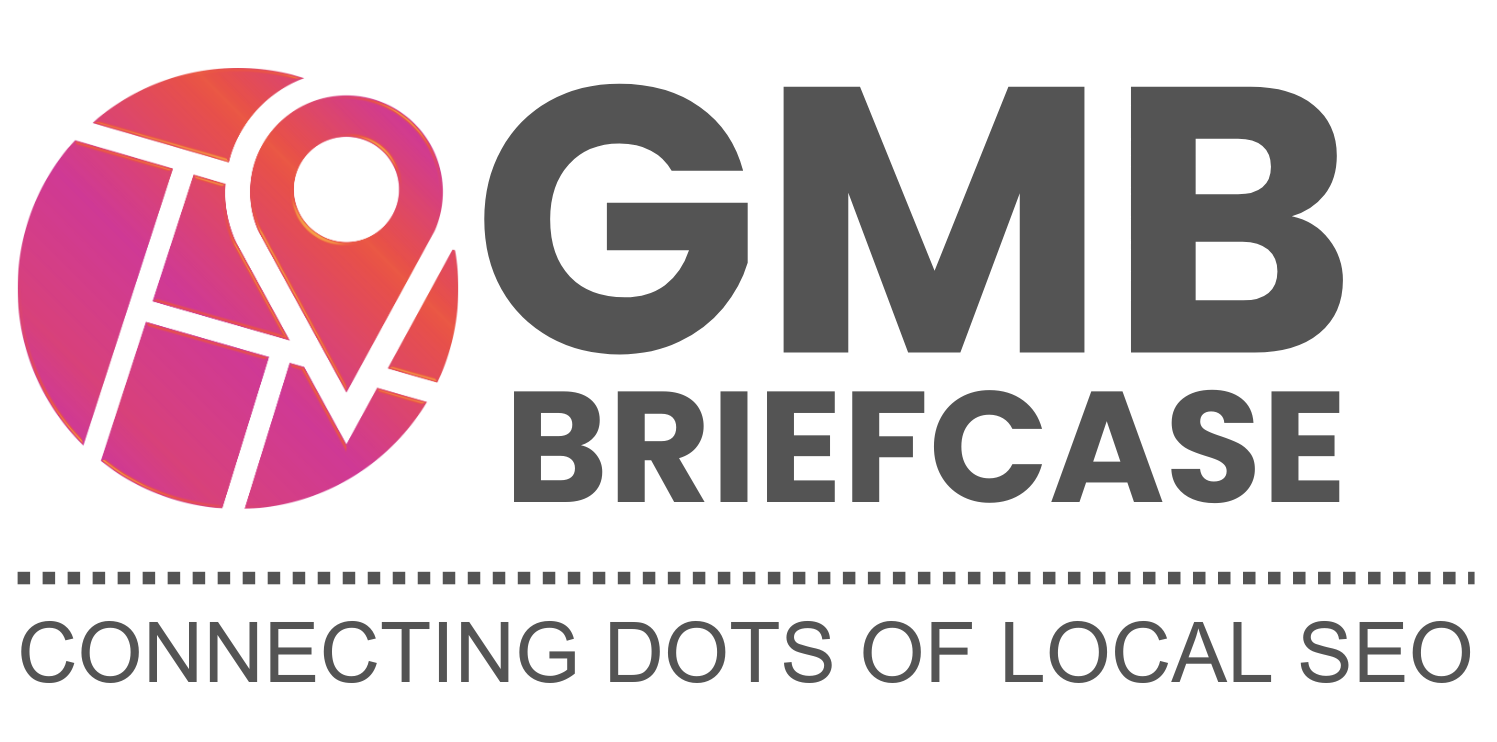Remember the days when ranking #1 on Google meant a flood of customers to your doorstep? Those days are fading fast.
I was reviewing the analytics for several local restaurants last week, and a trend became clear: many are seeing fewer clicks to their websites, even when they rank high for relevant searches like ‘Italian food near me.’ They’re killing it with food, but their online visibility isn’t translating to the traffic it used to.”
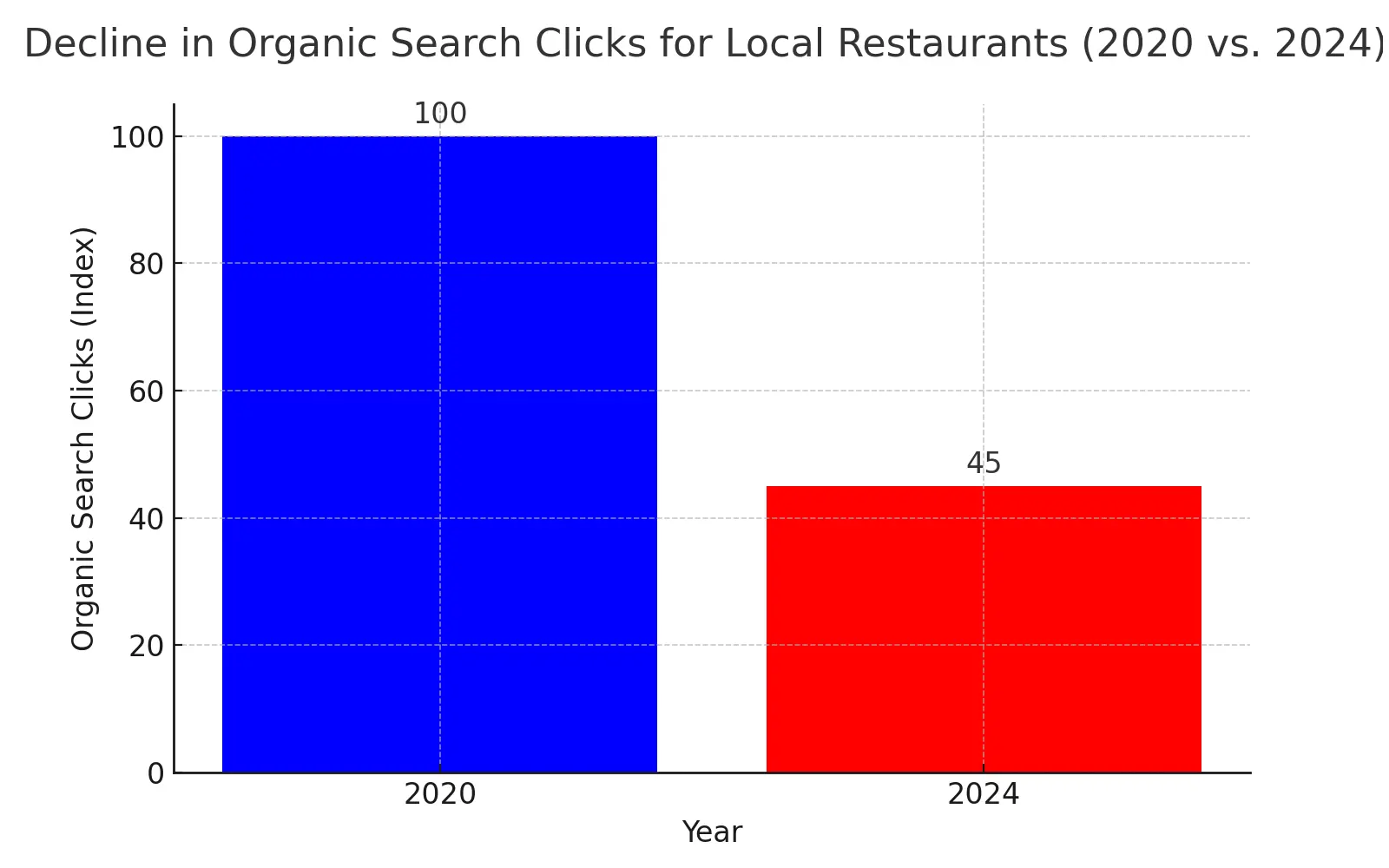
This is the new reality of local search. With a staggering number of local searches now ending in zero clicks, businesses relying on outdated SEO are losing visibility – and revenue. Google’s increasingly answering customer questions right on the search results page.
But here’s the good news: By understanding and leveraging hyperlocal AI and zero-click optimization, you can still thrive, own your niche, and future-proof your local search strategy.
In this guide, we’ll uncover:
- How AI is reshaping customer behavior and forcing a shift in local SEO.
- The #1 mistake killing local SEO rankings (hint: it’s not just backlinks anymore).
- A proven 5-step framework to dominate zero-click search results and attract more local customers.
Grab a coffee, and let’s dive in. 🚀
The Hyperlocal AI Revolution in Local Search
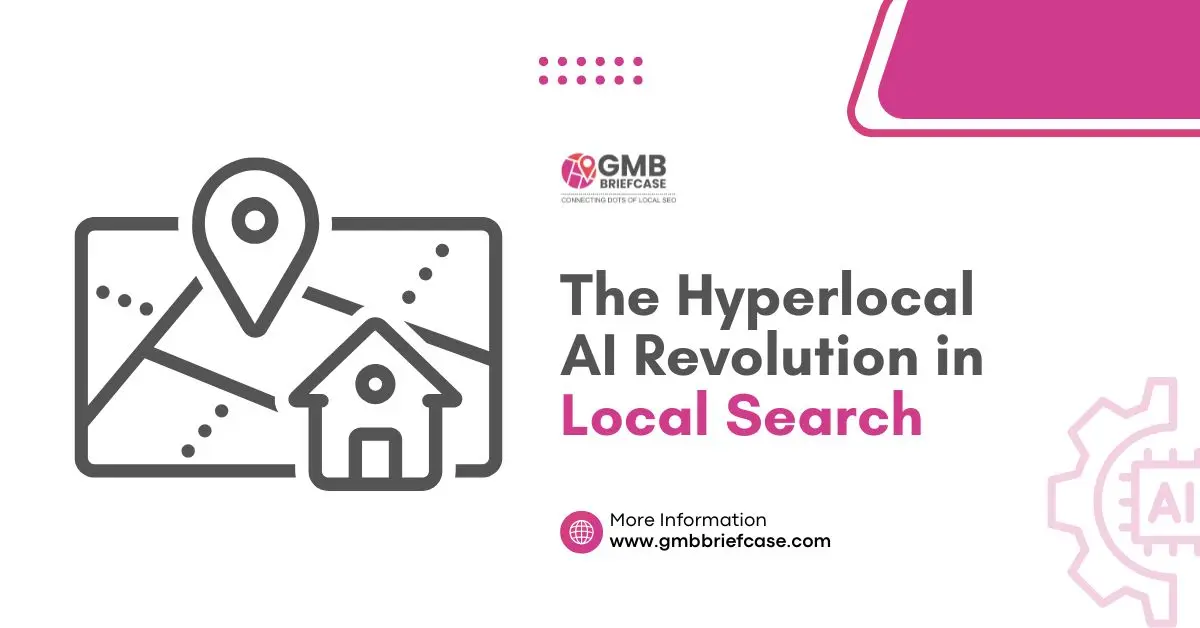
72% of consumers expect personalized, location-based results before they even finish typing their query. Think about it: you start typing “best pizza,” and Google already suggests “best pizza near me open now.”(Google AI Search Trends 2025).
Traditional geo-targeting—using ZIP codes or city names—is becoming obsolete. Today, Google’s AI is evaluating 11+ real-time local signals to deliver laser-focused search results. These include:
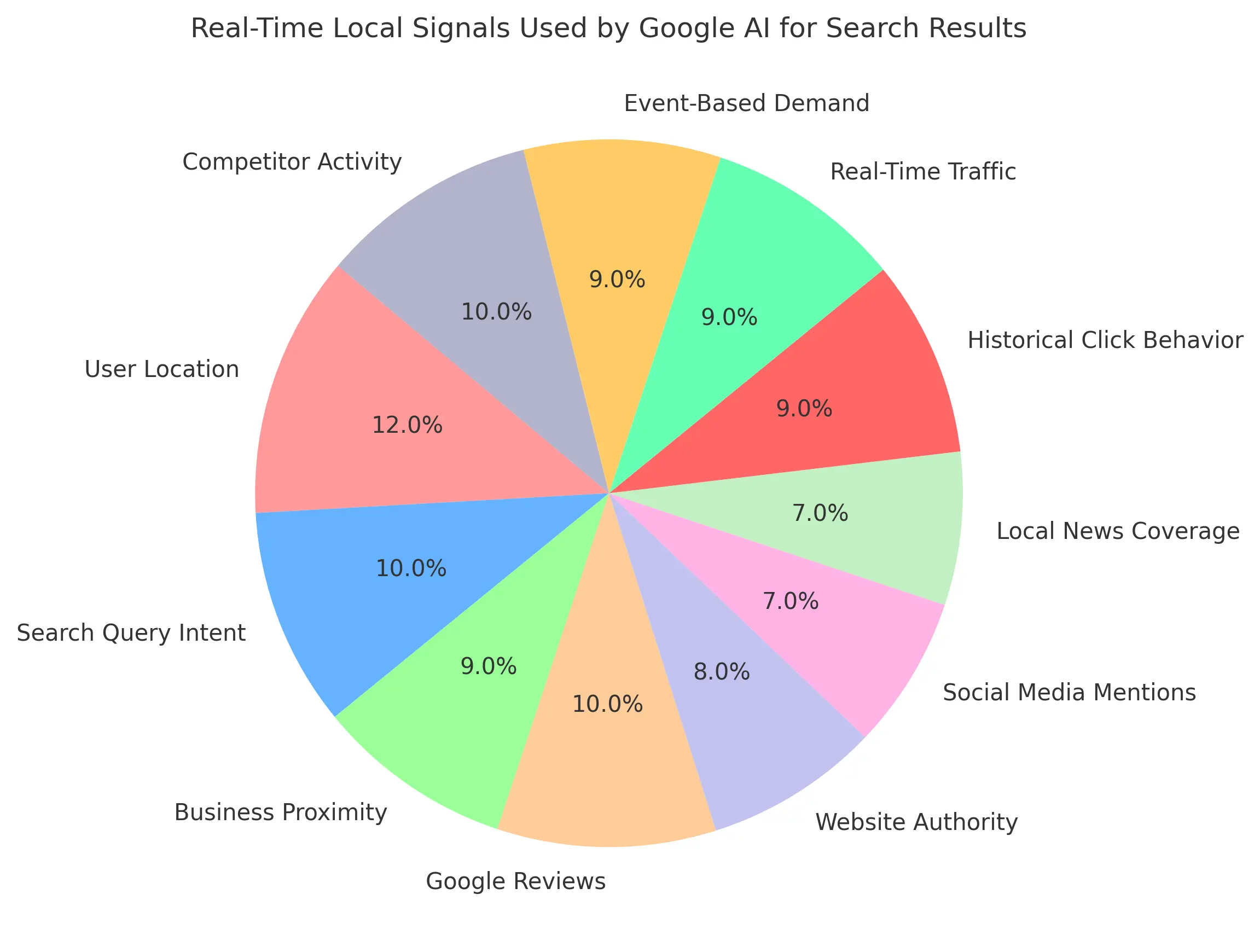
- Weather patterns: Does the query relate to current local conditions? (e.g., “ice melt salt near me” during a snowstorm).
- Events & traffic: Are there relevant happenings nearby? (e.g., “parking near the music festival”).
- Past user behavior: Has this person searched for similar things before in this area?
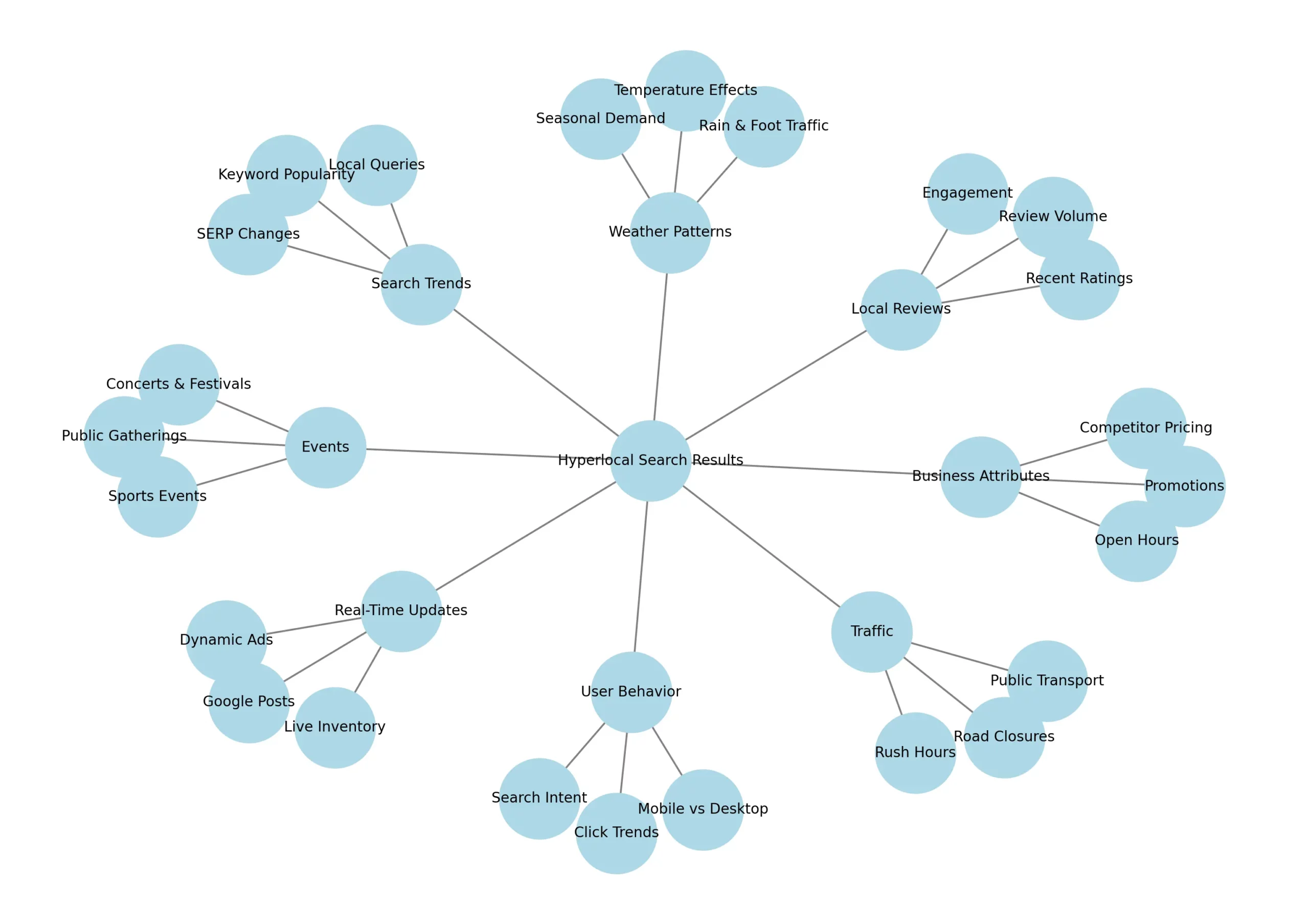
- Real-time Inventory & Availability: (Implied from the push towards personalization and immediacy) Is the product or service actually available right now? (e.g., “Are there any tables open at [restaurant] at 7 PM?”)
- Local Knowledge Graph Embeddings: (Based on the E-E-A-T emphasis) How is this business connected to other local entities, landmarks, and community organizations? This goes beyond simple backlinks.
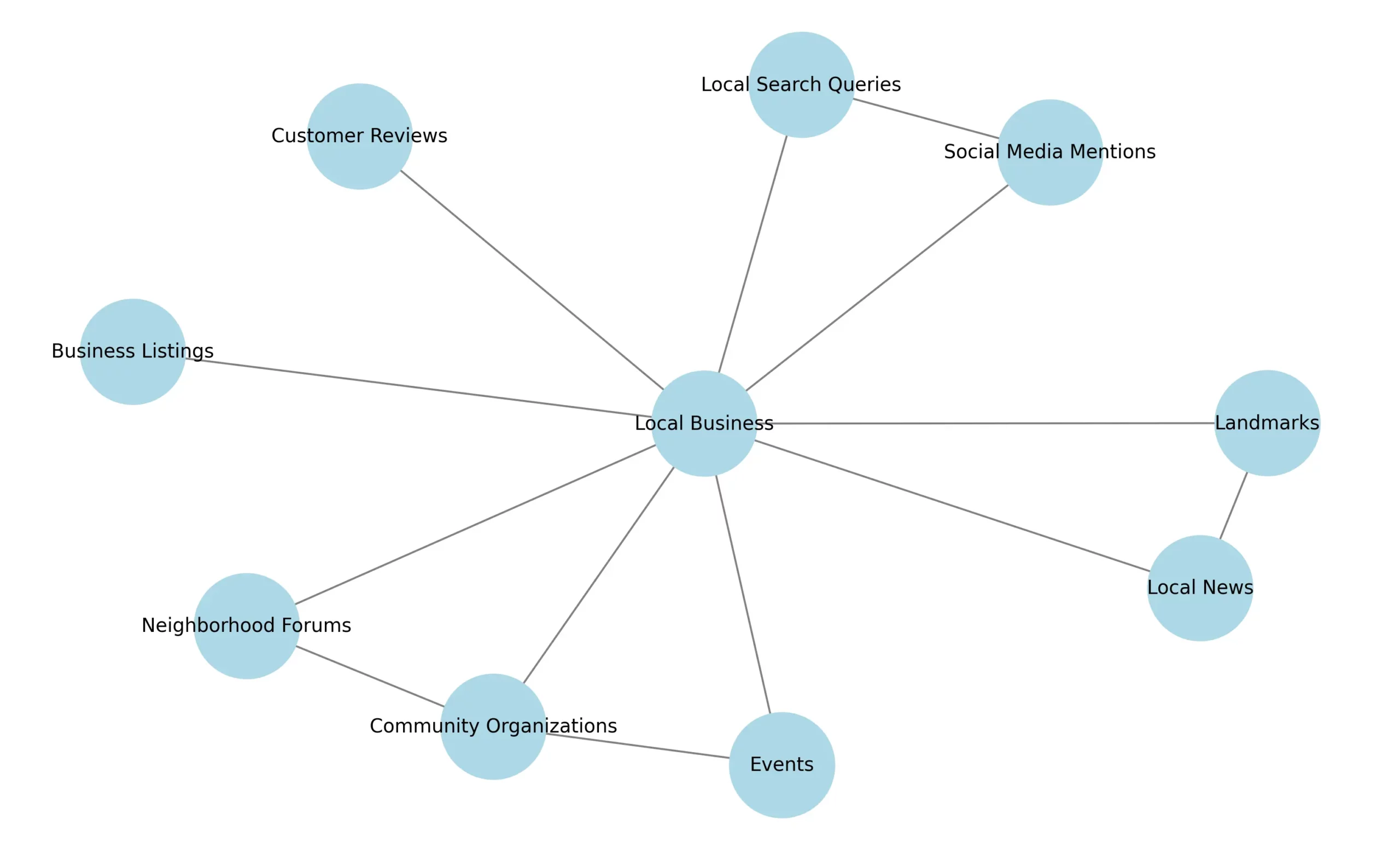
- Pricing Fluctuations: (Implied from AI’s ability to analyze data at scale) Are there any dynamic pricing changes based on demand or time of day? (e.g., surge pricing for ride-sharing services).
- Service Area Specifics: (Hyperlocal focus) Does the business actually serve the specific neighborhood or micro-location the user is in? (Beyond just city-level targeting).
- Review Sentiment Analysis: (E-E-A-T and AI) What is the overall sentiment expressed in recent reviews, and are there any recurring themes or concerns? (Beyond just the star rating).
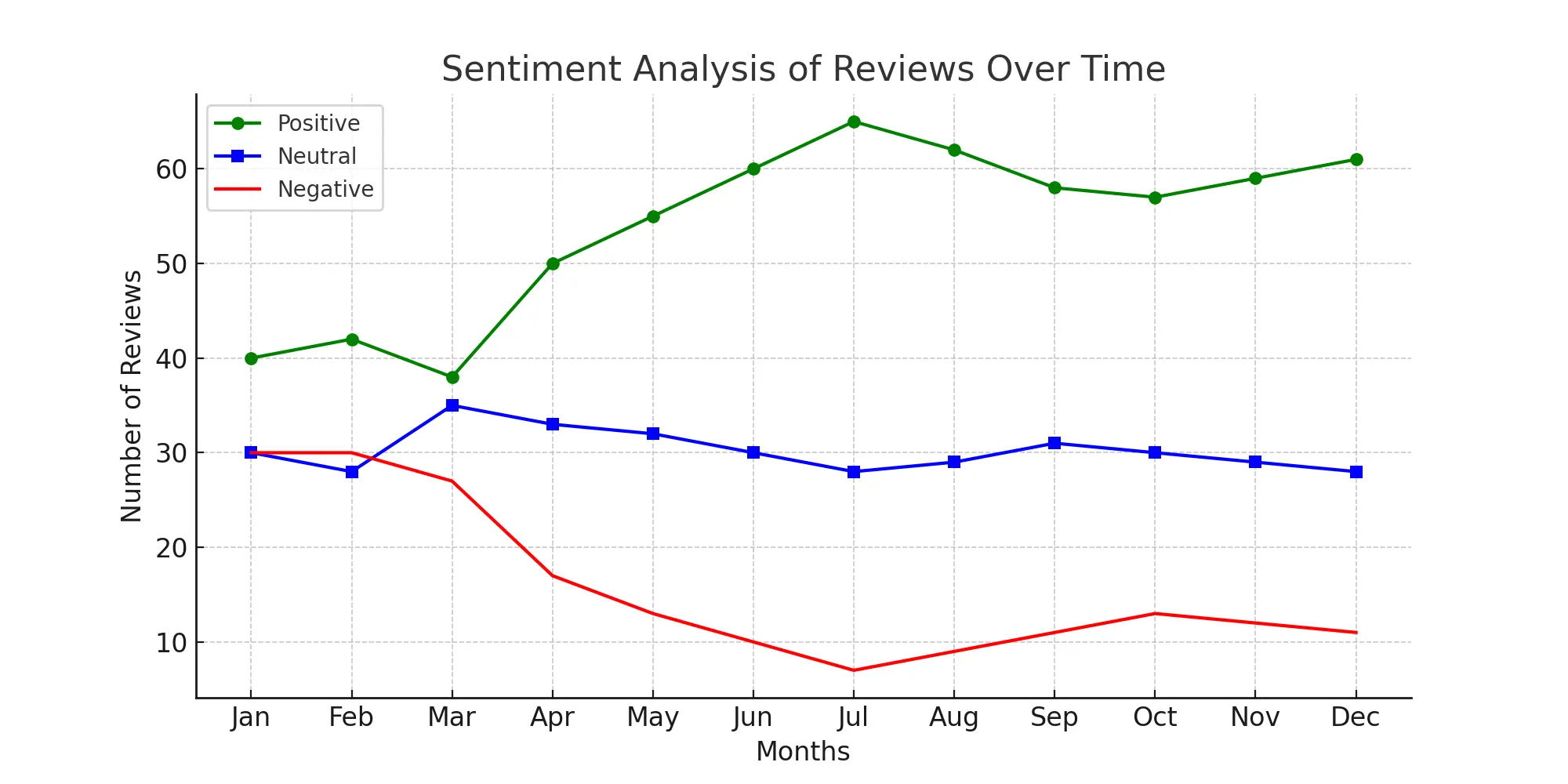
- Local News & Mentions: (Authority and relevance) Has the business been recently mentioned in local news articles, blog posts, or community forums?
- Device Type & Context: (Mobile-first indexing) Is the user on a mobile device, and what is their likely intent based on their device and location? (e.g., someone searching on their phone while walking down the street likely has a different intent than someone searching on a desktop at home).
- Popular Times & Visit Duration: (Real-time data) What are the business’s busy hours, and how long do people typically stay? (Google already displays this data; AI will likely use it to refine search results).
- Proximity to Landmarks: (Hyperlocal precision) How close is the business to well-known landmarks or points of interest? (e.g., “coffee shop near the Space Needle”).
How to Rank in AI-Powered Local Search
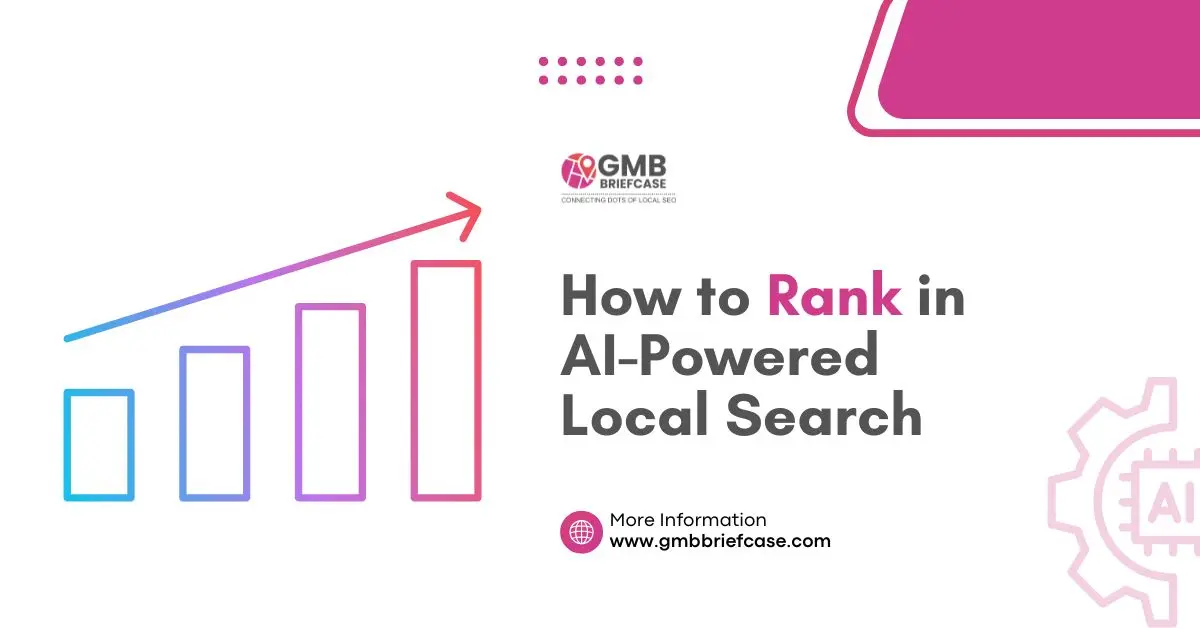
1. Dynamic Content Mapping: Ditch the Guesswork
Stop guessing what customers need – let local triggers dictate your content strategy.
Example: We’re seeing a trend where local restaurants are moving beyond static websites and using dynamic content. For instance, instead of just having a “happy hour” page, they’re automatically updating their website to promote specific dishes or specials based on the weather forecast. On a rainy day, they might highlight “cozy comfort food” to attract customers looking for a warm meal.
Example: A roofing company in Dallas pushes “emergency leak repair” pages before storms even hit, capturing leads when customers need them most.
2. Schema 4.0: Speak Google’s Language (and Help It Understand You)
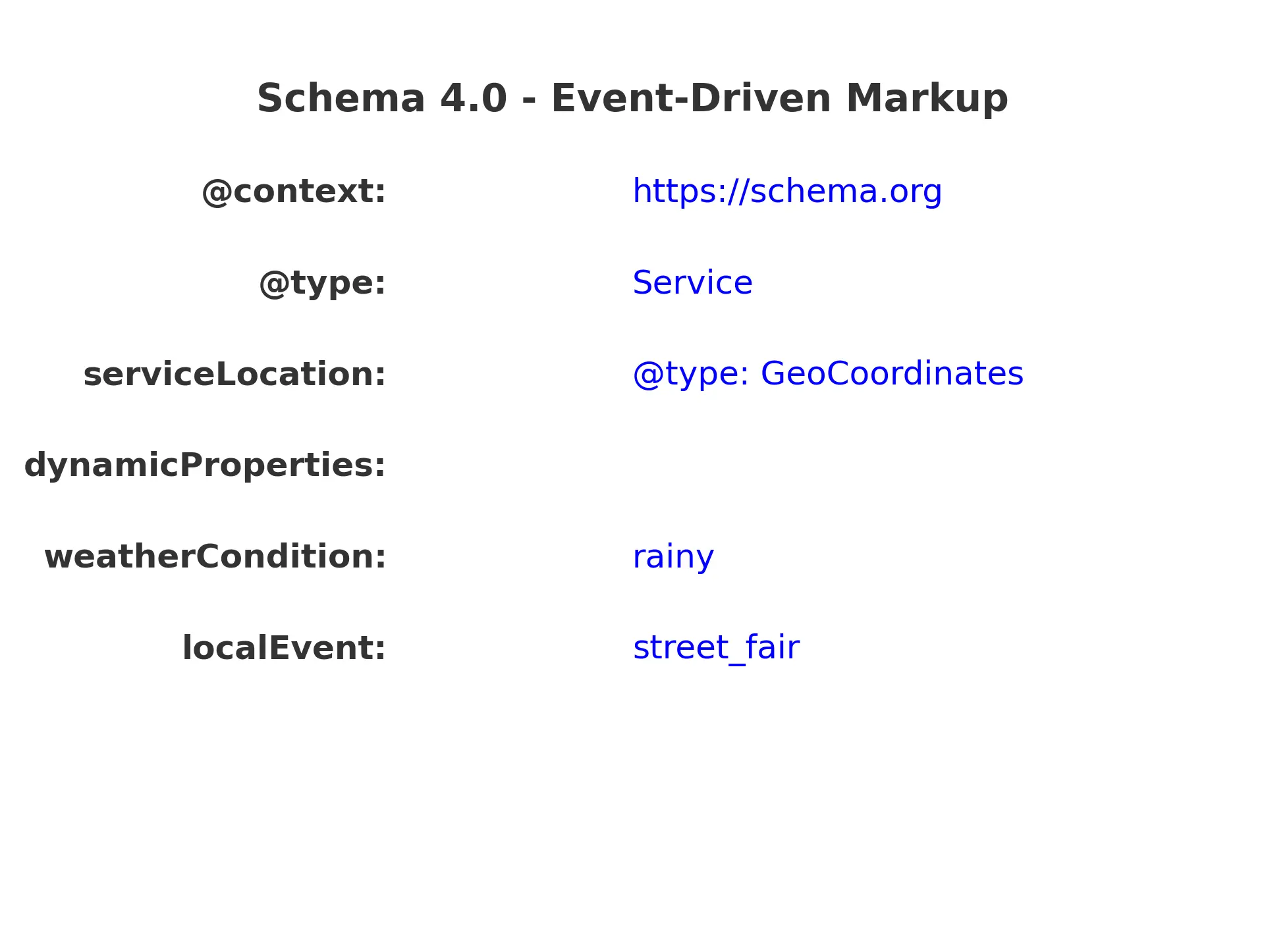 Think of schema markup as a translator for Google’s AI. It provides structured data that helps Google understand the intent and context of your content. Implement event-driven schema markup like this:
Think of schema markup as a translator for Google’s AI. It provides structured data that helps Google understand the intent and context of your content. Implement event-driven schema markup like this:
{
“@context”: “https://schema.org”,
“@type”: “Service”,
“serviceLocation”: {
“@type”: “GeoCoordinates”,
“dynamicProperties”: {
“weatherCondition”: “rainy”,
“localEvent”: “street_fair”
}
}
}
What this means: You’re telling Google, “Hey, I’m offering this service specifically when it’s rainy and there’s a street fair happening nearby.” That’s powerful!
3. Optimize for Voice Search: Talk Like Your Customers
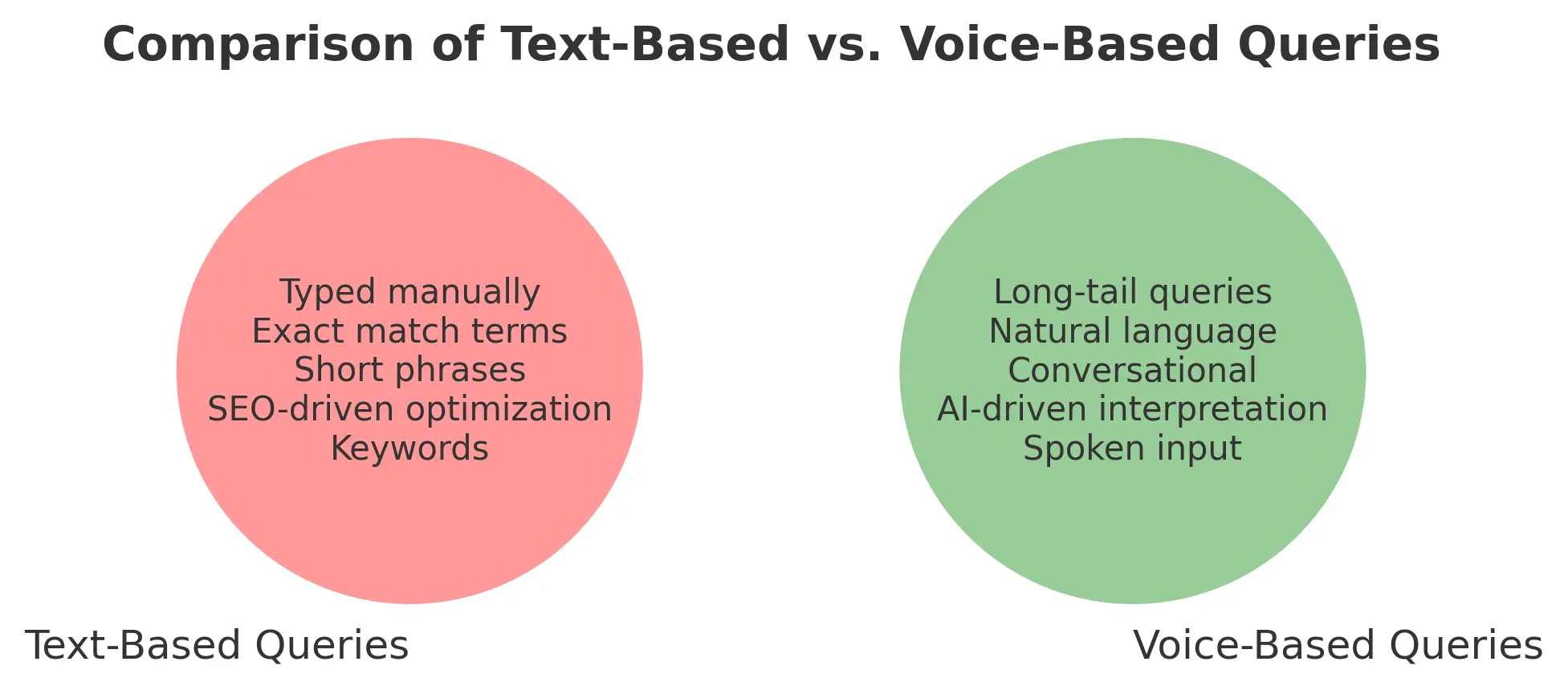
Local SEO in 2025 demands a focus on both voice search optimization and strategies to appear in AI-driven search overviews, as users increasingly rely on screenless interactions and direct answers.
- Think conversational: Use natural phrasing (“Where can I get coffee near me?” instead of the old-school “best coffee shop NYC”).
- Uncover hidden opportunities: Use AnswerThePublic AI to discover trending voice queries in your area. What are people actually asking?
- Answer their questions directly: Create FAQ-style content optimized for spoken responses. Imagine someone asking, “Hey Google, is [your business] open now?” Make sure your website and GBP can answer that question clearly.
Zero-Click SEO: Surviving the SERP Apocalypse
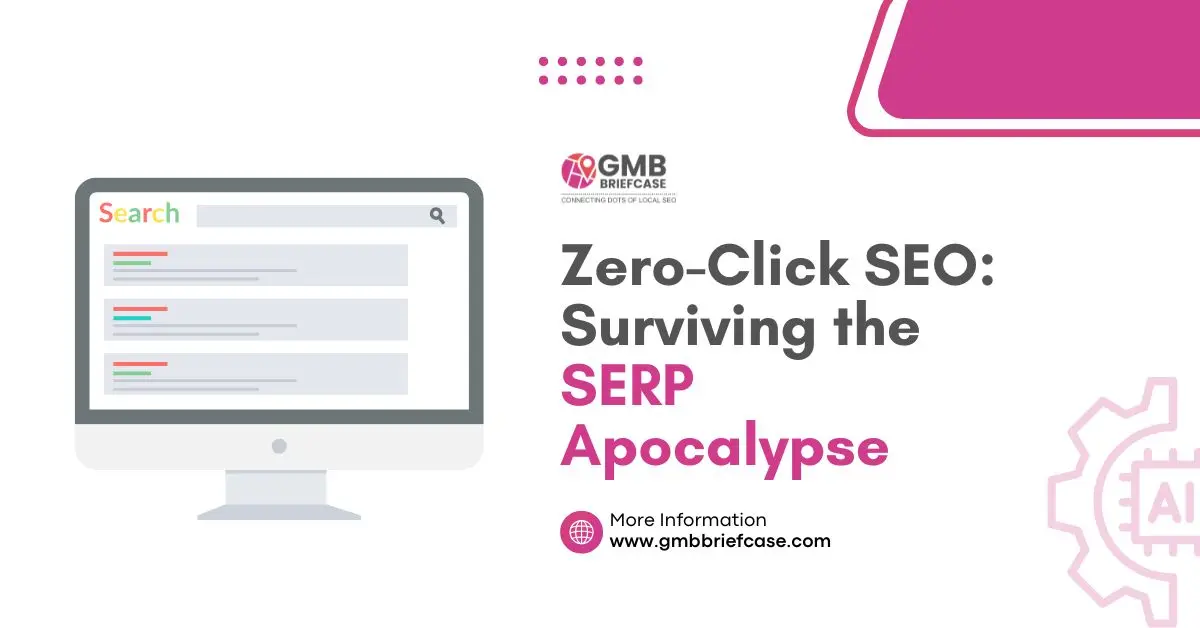
Google’s AI Overviews are increasingly prevalent in local search, appearing in a significant percentage of queries, with recent studies showing figures ranging from 15% to nearly 50%, depending on the query type and niche.
Let that sink in. If you’re not part of the answer, you simply don’t exist in the eyes of many potential customers.
How to Win in a Zero-Click World
1. Composite Answer Optimization: Play Nice with Your Neighbors
Google’s AI no longer relies on a single source for snippets. Instead, it merges information from 3-7 sources to create a composite, comprehensive response.
- The key? Complement, don’t compete: Structure your content to complement rather than directly compete with similar businesses.
- “Co-opetition” is the new black: Partner with other local businesses. For example, an HVAC company and a plumbing company could collaborate on FAQs about home maintenance, each linking to the other’s services.
2. Authority Co-Citation Strategies: Get the Local Influencers on Your Side
Google’s AI trusts what local authorities trust. That means getting your business featured on:
- Local government portals (city websites, county resources)
- Chamber of Commerce directories
- Community event listings
- Local news outlets
3. Visual Answer Assets: A Picture is Worth a Thousand Clicks
Google’s AI loves visual content. Prioritize images, charts, and interactive elements in your overviews.
- Create AI-optimized infographics showcasing local trends and data.
- Use annotated maps highlighting your store locations and key landmarks.
- Upload short, engaging video answers to your Google Business Profile (GBP). Show, don’t just tell!
AI Meets Zero-Click: The New Local SEO Playbook
The future of local search isn’t just about ranking higher – it’s about becoming an AI-verified authority in your local market.
Introducing E-E-A-T 2.0: The AI-Optimized Trust Framework
Google’s updated E-E-A-T now prioritizes ‘Local Experience’ as a core ranking factor. This means Google is looking for signals that prove you’re not just claiming to be a local expert, but that you’re actually engaged with your community and providing value. Forward-thinking brands are tying these trust signals back to customer churn analysis to measure if improved visibility correlates with long-term customer retention—especially in highly competitive local niches.
| Factor | Old SEO Approach | 2025 AI-Driven Approach |
| Expertise | Author bios | Real-time service verification (API-based license checks) |
| Experience | Customer reviews | AI-analyzed service patterns (40+ sources, including social media chatter) |
| Authority | Backlinks | Local knowledge graph embeddings (your business’s connections to local entities) |
| Trust | SSL/HTTPS | Blockchain-verified service history (proof of consistent, reliable service) |
Imagine searching for an electrician late at night. Google can now instantly verify that the electrician’s license is valid, check their recent reviews, and even see if they’ve consistently provided emergency services in the area. This is E-E-A-T 2.0 in action.
Future-Proofing Your Local Search Strategy: Prepare for the No-Click World
The rise of ambient search means Google will increasingly serve results before users even ask for them. Think about smart speakers, smart displays, and even your car’s dashboard providing recommendations without you having to lift a finger.
How to Prepare:
1. AI Training Content: Make Your Services Machine-Readable
Make your services easily understandable by AI by creating AI-friendly documentation.
Example: A car repair shop could upload structured maintenance guides (using schema markup, of course) for Google’s AI to index and understand. To maintain natural-sounding, relatable content during this process, businesses can use an AI humanizer to refine AI-generated language and ensure it resonates with real users—especially in FAQ sections, chatbots, and automated responses.
2. Predictive Answer Optimization: Be There Before They Need You
Anticipate customer needs before they even search.
Example: A snow removal company in Chicago pushes out content about “preparing for winter storms” 72 hours before a blizzard is expected. They know people will be searching for snow removal services soon, and they want to be top-of-mind.
3. Off-SERP Engagement: Chatbots are Your New Best Friend
Develop AI-powered chatbots for your Google Business Profile (GBP). These chatbots, built by an AI chatbot development company, can answer common questions, provide instant quotes, and even schedule appointments, all without human involvement.
Your 2025 Local SEO Roadmap: Adapt or Be Left Behind
Adapting to AI-driven search requires a strategic, ongoing approach. Here’s your quarterly checklist:
Quarter 1: Hyperlocal Foundation
- Implement dynamic content mapping based on local triggers.
- Update schema markup to version 4.0.
- Optimize for voice search with conversational phrasing.
Quarter 2: Zero-Click Domination
- Identify opportunities for composite answer optimization.
- Build authority through co-citation strategies.
- Create compelling visual answer assets.
Quarter 3: E-E-A-T 2.0 Audit
- Verify service licenses and credentials.
- Analyze customer service patterns.
- Build local knowledge graph embeddings.
Quarter 4: Ambient Search Readiness
- Develop AI training content for your services.
- Implement predictive answer optimization.
- Deploy an AI-powered GBP chatbot.
Key Takeaways:
✅ Leverage hyperlocal AI to deeply understand customer intent in your local market.
✅ Optimize for composite snippets to provide comprehensive answers, not just individual rankings.
✅ Implement E-E-A-T 2.0 to build long-term trust with Google’s AI and with your customers.
✅ Prepare for the screenless future with predictive, AI-driven engagement.
The Future of Local SEO is Here
Local SEO in 2025 isn’t about keyword stuffing or chasing backlinks. It’s about building relationships, understanding context, and aligning with AI.
By adapting to zero-click search, AI-driven answers, and hyperlocal triggers, you can not only stay visible but also attract more customers and build a thriving business in the years to come.
Final Warning: Google won’t wait—and neither will your competitors. The future belongs to businesses that answer questions before they’re asked.
Frequently Asked Questions (FAQs):
Q1: What’s the #1 thing I should focus on right now?
Ans: Hyperlocal relevance. Create high-quality service pages targeting niche, localized search terms relevant to specific areas you serve. Make sure each page provides real value.
Q2: How important are featured snippets really?
Ans: Featured snippets and knowledge panels are prime SERP real estate. Optimize your content to capture these spots by answering questions directly and concisely. Use headings, lists, and tables for better readability.
Q3: Is traditional SEO (backlinks, keywords) dead?
Ans: Not at all! But it needs a holistic approach. Focus on providing direct, concise answers and establish your website as a trusted source.
Q4: What metrics should I be tracking in a zero-click world?
Ans: Traditional metrics like click-through rate (CTR) might not tell the whole story. Focus on impression share, engagement metrics (time spent on site), and search visibility across different SERP features.
Q5: How can I ensure my business shows up in local “near me” searches?
Ans: Claim and optimize your Google Business Profile. Keep your information up to date, add images, and respond to reviews to boost your local visibility. Target “near me” searches with hyperlocal keywords.
Q6: What role does AI play in all of this?
Ans: A massive one! Embrace AI-powered tools to analyze and optimize effectively. AI is introducing features like zero-click searches, so it’s important to adapt to the change.
Q7: How can I optimize for voice search?
Ans: Systematize FAQs across all product pages.
Q8: What’s the deal with E-E-A-T, and how do I improve it?
Ans: E-E-A-T (Experience, Expertise, Authoritativeness, and Trustworthiness) is crucial for ranking well. Focus on in-depth, well-researched content that establishes your website as a trusted source.
Q9: What kind of content should I be creating?
Ans: Visual and video content are key players! Invest in high-quality images and videos optimized with alt text and captions.
Q10: How do I stay ahead of the curve?
Ans: Adapt to change and meet your audience where they are, whether through zero-click results, AI-organized search, or hyper
